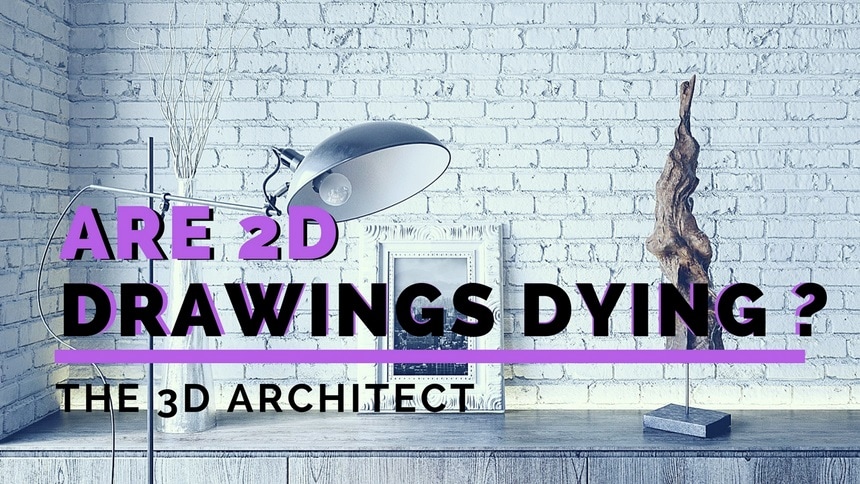It’s a modern world out there and more often than not, we rely on our gadgets to do some of our tasks — from navigation to searching for the most trivial things, to turning off switches and appliances even while you’re away from home. You must admit, technology has indeed changed our lives.
In this technology-driven world where almost everything is computer generated, believe it or not, but there are a number of engineering and architectural firms continuing to rely on 2D drawings for designing and drafting construction and process plans for their project. While there are a number of programs allowing you to do this digitally, we still have Draftsmen everywhere still making the impossible possible since time immemorial: representing engineering designs almost-always accurately and concisely.

This reminds me of my Engineering drawing subjects in the University, where we had to imagine isometric and orthographic projections of objects. I must admit, it wasn’t always easy and having poor imagination didn’t help. So I always ask, why do it manually when we can do it on a computer?
Here to Stay!
But 2D drawing is an art and one that won’t go away anytime soon. Think about the time when smartphones, tablets, and ebook readers were first out. We thought paper media will become obsolete and digital media taking over it completely when media outlets cancelling their paper subscriptions and converting to digital copies. It seemed to be a permanent transition but after some time, people missed the look, feel, and even the smell of printed media. And we can’t deny that there are advantaged that books offer and electronic devices don’t. Sure we’re saving more paper when we don’t print materials and digital copies are handier because you can just bring your gadgets anywhere, but they run out of battery and sometimes in not of the best places and when you absolutely need them the most. But despite such disadvantages, digital media is still here to stay because the future is now and the convenience that it offers is undeniably useful to us.
How is it even surviving and thriving?
How are 2D drawings surviving and thriving in spite of emerging new technologies here and there?
- First of all, they are simple to use. 2D drawings use simple views that are concise and contain only the information for the section that it’s assigned to. Since there is not much to process, communication is easier and information overload is avoided.

- Printed material hasn’t seen the end of its days yet. There’s still a number of people who prefer the traditional way of jotting down notes, writing down their to-do’s, and marking up changes they wish to implement. With 2D drawings, notes and sketches can be done on the drawing itself. There’s no need to be a computer genius or AutoCAD know-how to do mark-ups.
- Construction sites is not the perfect place for any electronic viewing devices. So if there’s anything that’s need to be assembled, or an audit or inspection is required, 2D drawings can just be brought to site and distributed to the team. Easier and much cheaper, I must say.
- There are still construction projects that require shop drawings for customer reviews for any changes that they want implemented. Doesn’t matter if it’s a digital or electronic copy because the point is, 2D drawings still play a vital role in many architectural projects.
There’s No Such Thing As Perfection
Nothing’s perfect and of course, 2D drawings have their limitations too.
- No matter how well the drawing is executed, there is the possibility that it will be misinterpreted and errors easily missed especially to the untrained eye. But with today’s improving technology and 3D images slowly taking over, vague representations are avoided as much as possible and dimensions are presented in a clearer and more concise way.
- 2D drawings demand too much time from drawing to inspection, and to marking up and implementing changes. With today’s fast-paced lifestyle and quick project turnaround, this is a waste of money and an efficient process is preferred.
2D Drawings and 3D Rendering Can Coexist
Despite the disadvantages of 2D drawings, we need to accept the fact that they are still an integral part of many projects and manufacturing processes. However, we also need to admit that 3D image rendering offers that 2D drawings can’t. While 2D’s essential during the planning and construction phase, 3D image rendering will play a vital role in marketing the project even before the construction’s started so that potential buyers will know what they will invest their money into.

The 3D Architect is a Perth based 3D rendering studio that services offices all throughout Australia. Please share this article around if you enjoyed it. Thanks so much.

